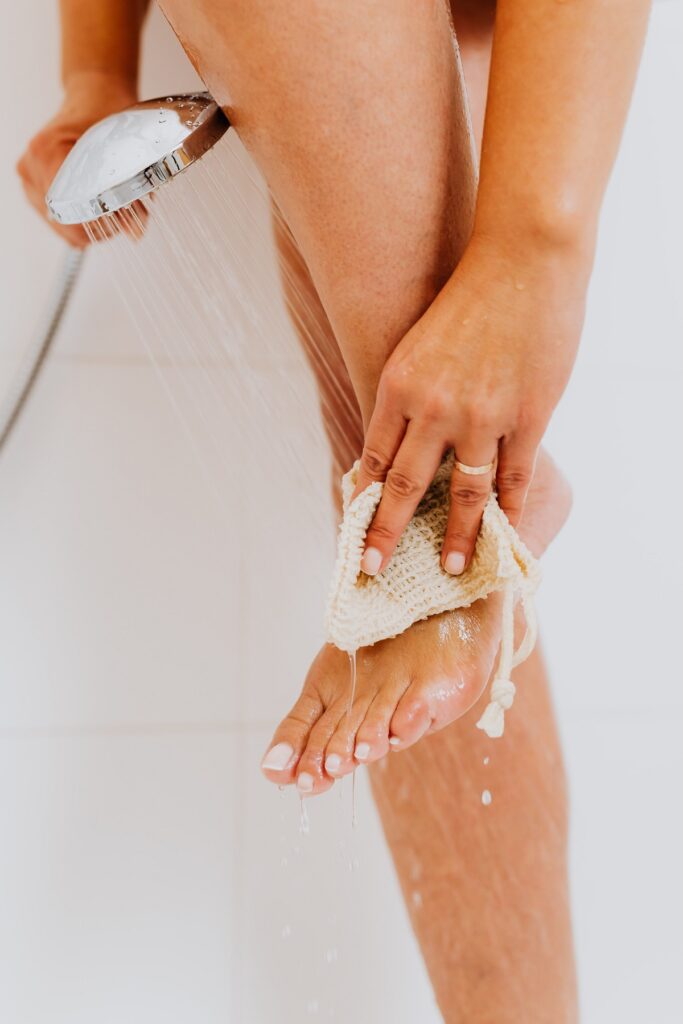Fungal nail infections – symptoms, causes and treatment

Fungal nail infections (onychomycosis) are very common, especially in places such as shared swimming pools. While typically perceived as non-threatening, their symptoms can gradually worsen if left untreated.
Symptoms
Fungal nail infections are more common in toenails than in fingernails. The very first symptom is typically a whitish or yellowish spot under the tip of the nail. If left untreated, nails may become:
- Thickened.
- Discoloured.
- Brittle, crumbly or ragged.
- Misshapen.
- Separated from the nail bed.
- Smelly.
When fungus infects the areas between a foot’s toes it’s called athlete’s foot (tinea pedis).
Causes and risk factors
Fungus proliferate in humid environments such as community pools or locker rooms. Direct surface-to-surface contagion is most common.
In addition, people who wear shoes that allow little foot perspiration, or suffer from hyperhidrosis (excess sweating), are at higher risk of developing fungal nail infections. Risk factors include:
- Poor hygiene.
- Not drying your feet properly.
- Adulthood.
- Diabetes and HIV.
- People who have received a kidney transplant.
- Immunosuppressive drugs.
- Down Syndrome.
- Peripheral Artery Disease.
- Psoriasis.
Prevention
Here are some guidelines that will help prevent the appearance of fungal nail infections:
- Do not to share utensils such as nail clippers, towels, or any other toiletries.
- Avoid walking barefoot in common areas, particularly humid ones such as around swimming pools, bathrooms, locker rooms or saunas.
- Dry your feet and hands after each bath or shower. Avoiding or eliminating moisture is key.
- Wear cotton or natural fabric socks and avoid synthetic ones. Likewise, wear shoes that allow the foot to perspire and minimise sweating.
- Check the nails regularly for changes in colour, cracks, brittleness, and thickening.
Treatment
The best way to get rid of a fungal nail infection is by applying special antifungal cream. This can be purchased at any pharmacy and, in order to be most effective, should be applied following this protocol.
- File down the infected nail and then discard that nail file in order to avoid further contagion.
- Apply the antifungal cream daily for a month.
- After that month the cream can be employed less often – twice a week for at least 9 months, or 6 months for fingernails.
- Make sure there is no more discoloration or nail damage before ending treatment.
For any doubts related to foot pathologies, please do not hesitate to contact Hospital Ochoa’s expert Podiatry Service.




